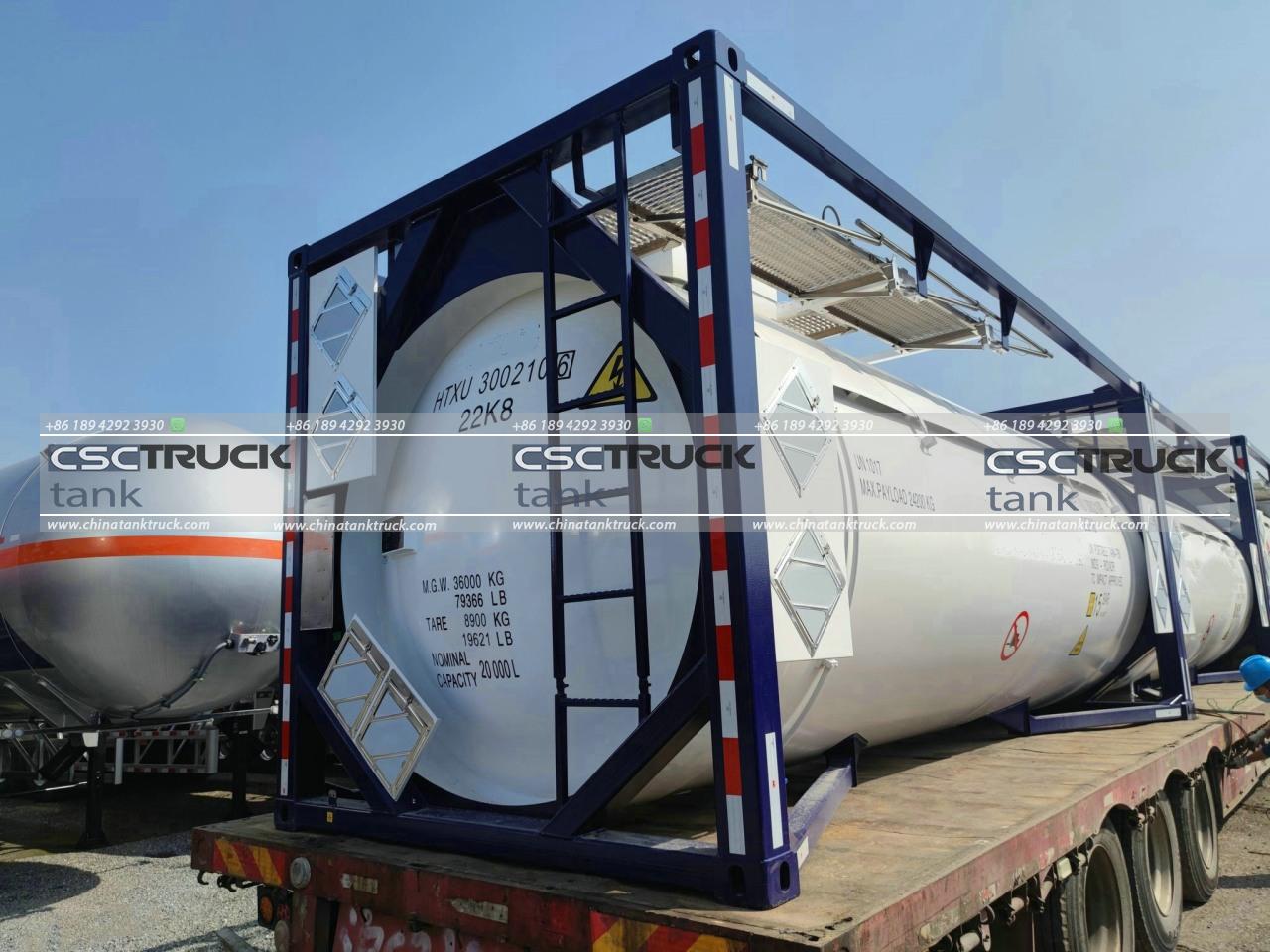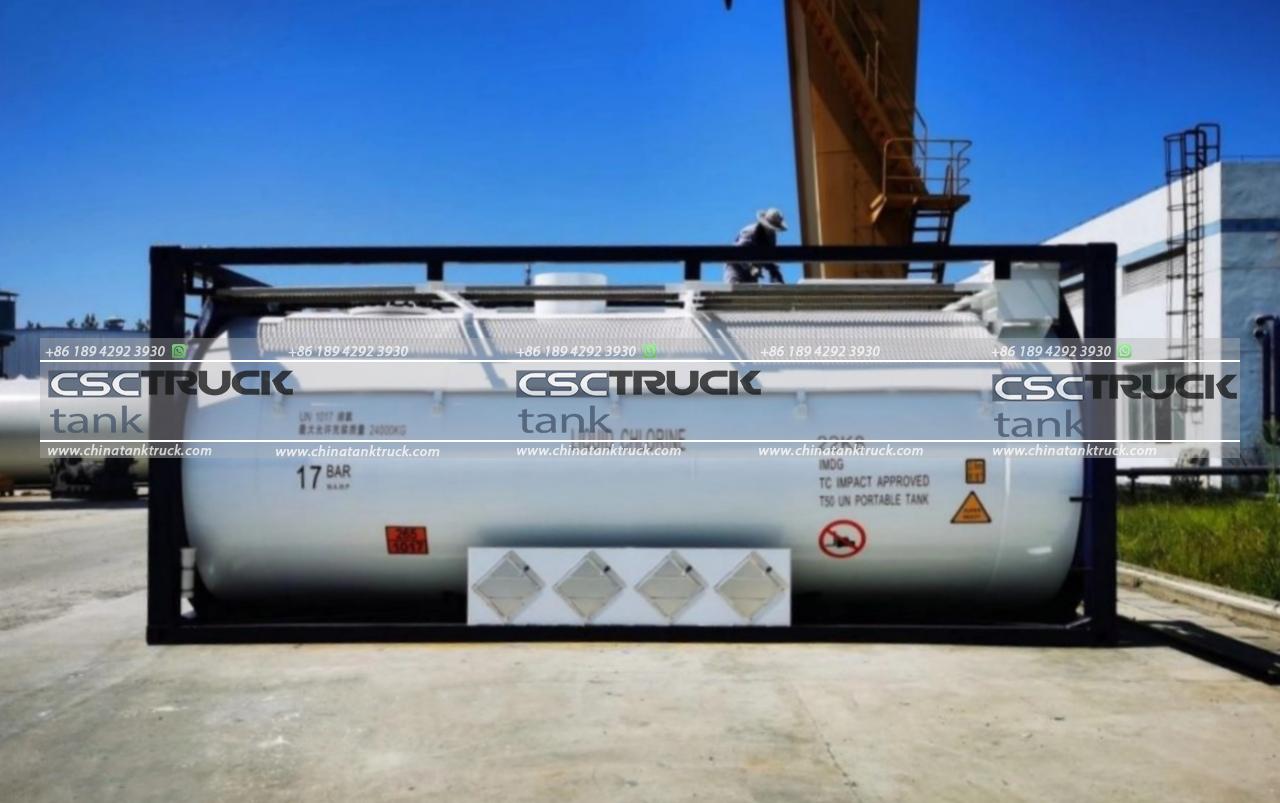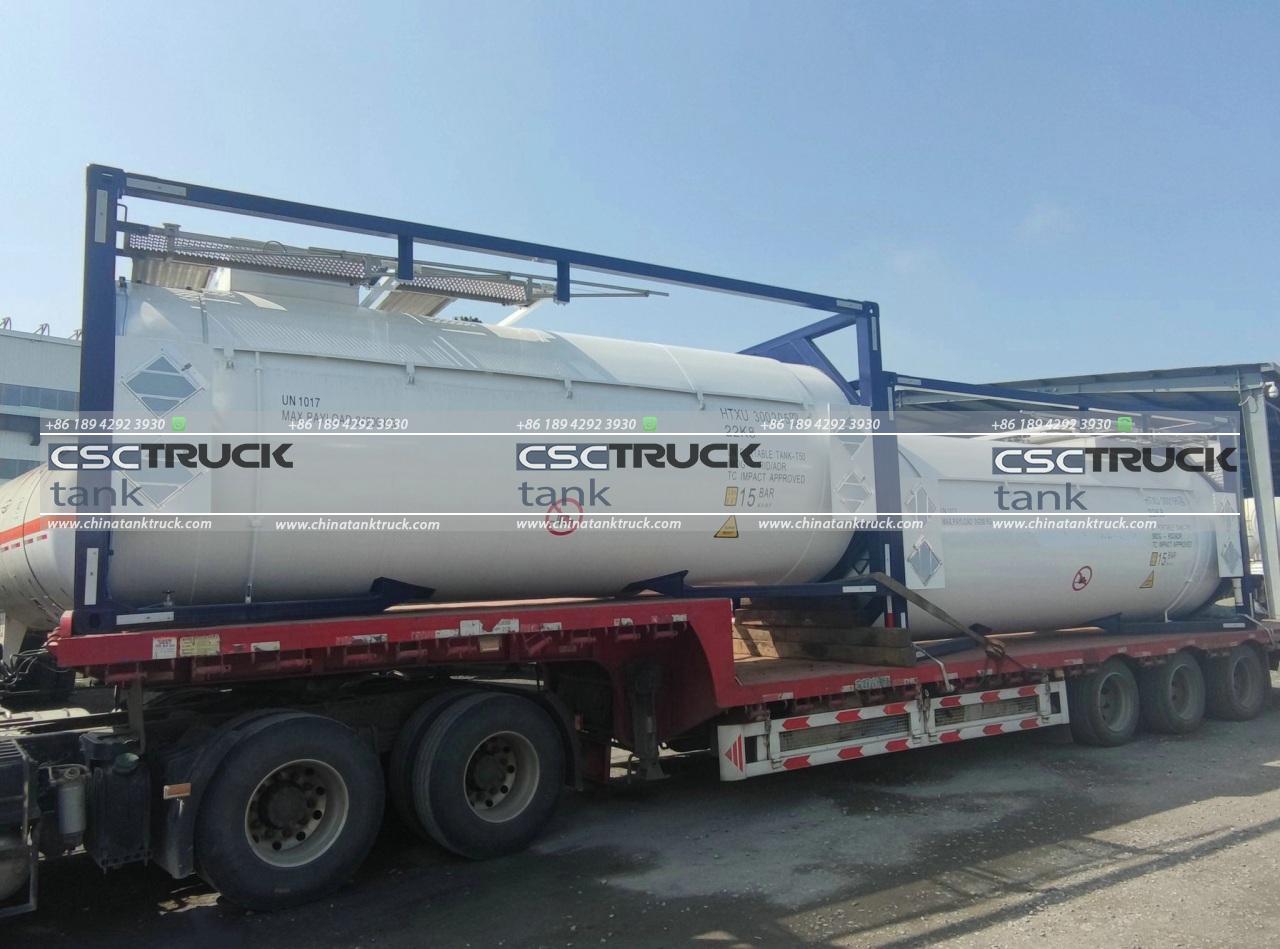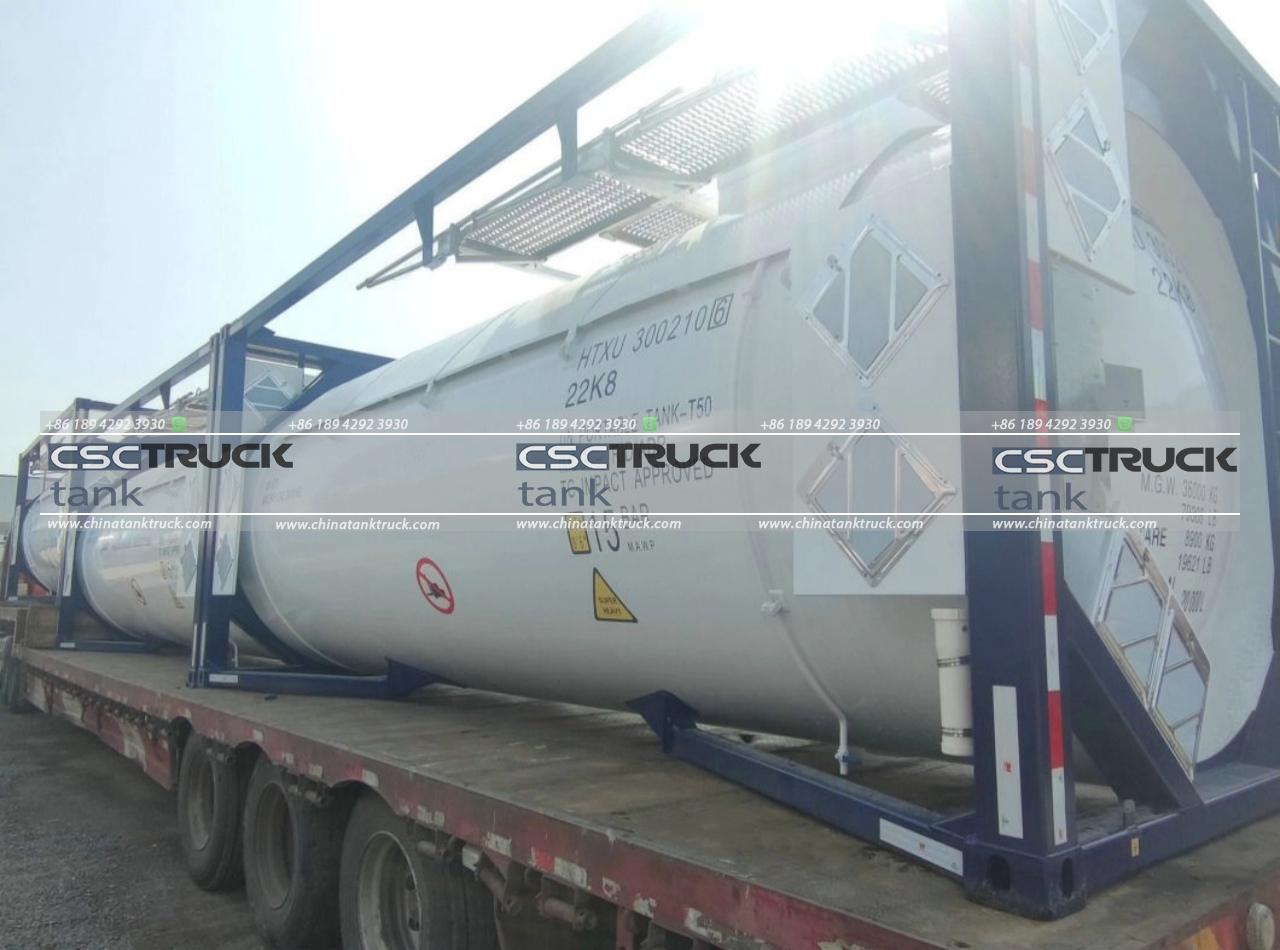What is the Maximum Weight for an ISO Container?
In the world of international shipping and logistics, ISO containers—commonly known as shipping containers—are the backbone of global trade. Their standardized dimensions and robust construction make them ideal for transporting goods across various modes of transport, including ships, trucks, and trains. One critical aspect of managing these containers effectively is understanding their weight limits. This article explores the maximum weight for an ISO container, delving into its implications for shipping operations, safety, and regulations.
Understanding ISO Container Specifications
ISO containers come in various sizes and types, but they share common specifications regulated by the International Organization for Standardization (ISO). The most common container sizes are 20 feet and 40 feet in length, with heights typically being 8.6 feet or 9.6 feet. These dimensions are standardized to facilitate efficient loading, unloading, and transportation.

Gross Weight vs. Tare Weight vs. Payload
To fully grasp the weight limits of an ISO container, it’s essential to understand 3 key terms:
1. Gross Weight: This is the total weight of the container when it is fully loaded, including the container itself and its contents. The gross weight is crucial for ensuring that the container does not exceed its maximum allowable weight limit.
2. Tare Weight: This refers to the weight of the empty container. Knowing the tare weight helps in calculating the payload.
3. Payload: The payload is the weight of the goods that can be carried within the container. It is calculated by subtracting the tare weight from the gross weight.
Maximum Weight Limits
The maximum weight a standard ISO container can carry is determined by a combination of its design, the materials used, and international regulations. Here are the general maximum weight limits for ISO containers:
1. 20-Foot Container:
– Maximum Gross Weight: Typically around 24,000 kg (52,910 lbs).
– Tare Weight: Approximately 2,300 kg (5,070 lbs).
– Maximum Payload: Around 21,700 kg (47,840 lbs).
2. 40-Foot Container:
– Maximum Gross Weight: Generally about 30,480 kg (67,200 lbs).
– Tare Weight: Approximately 3,700 kg (8,160 lbs).
– Maximum Payload: Around 26,780 kg (59,040 lbs).
These figures can vary slightly depending on the container’s specific design and the manufacturer’s specifications. Special containers, such as high-cube containers or reefer (refrigerated) containers, may have different weight capacities.

Regulatory Considerations
International shipping regulations impose limits on container weights to ensure safety and prevent damage to transport infrastructure. The International Maritime Organization (IMO) and various national regulatory bodies establish these regulations. For example:
1. SOLAS (Safety of Life at Sea): The SOLAS regulations require that the Verified Gross Mass (VGM) of containers be declared before loading onto a ship. This ensures that the weight is accurately known and helps prevent accidents caused by overloaded ships.
2. Road and Rail Transport Regulations: Different countries have specific weight limits for trucks and trains transporting ISO containers. These limits are designed to protect road and rail infrastructure from excessive wear and damage.
Practical Implications
Understanding the maximum weight limits of ISO containers has several practical implications for logistics and shipping:
1. Efficiency: Properly managing container weights helps optimize cargo space and reduce shipping costs. By maximizing payload within the weight limits, businesses can achieve cost efficiencies and better utilize transportation resources.
2. Safety: Adhering to weight limits ensures the safety of the transportation infrastructure and reduces the risk of accidents. Overloading containers can lead to equipment failure, cargo damage, and safety hazards.
3. Regulatory Compliance: Compliance with weight regulations is essential for avoiding fines and penalties. Accurate weight declarations help maintain smooth operations and avoid disruptions in the supply chain.
4. Operational Flexibility: Knowing the maximum weight limits allows companies to plan and execute shipping strategies more effectively. It also facilitates better coordination between different modes of transport, ensuring seamless logistics.

Challenges and Considerations
Despite the clear regulations and specifications, managing container weights can present challenges:
1. Variable Payloads: The payload of a container can vary significantly depending on the type of cargo. For instance, heavy machinery may approach the maximum payload limit, while lighter goods may not fully utilize the container’s capacity.
2. Container Condition: The condition of the container can affect its weight capacity. Older or damaged containers may have reduced structural integrity, impacting their maximum weight limits.
3. Changing Regulations: Regulations and weight limits can change over time, requiring ongoing vigilance to ensure compliance. Keeping up with these changes is crucial for maintaining efficient and lawful operations.
Future Trends
As global trade continues to evolve, several trends may impact container weight limits:
1. Technological Advancements: Innovations in container design and materials may lead to containers with higher weight capacities and improved durability.
2. Sustainability: Increasing focus on sustainability may drive changes in container design and weight limits, aiming for more efficient and environmentally friendly shipping practices.
3. Regulatory Updates: Ongoing adjustments to international regulations and safety standards will likely continue to influence container weight limits and shipping practices.

Conclusion
The maximum weight for an ISO container is a critical factor in international shipping and logistics, impacting efficiency, safety, and regulatory compliance. Understanding the gross weight, tare weight, and payload limits of these containers helps businesses optimize their operations and ensure safe and compliant transportation. As the global shipping industry continues to advance, staying informed about weight limits and regulations will be key to navigating the complex landscape of international trade.

